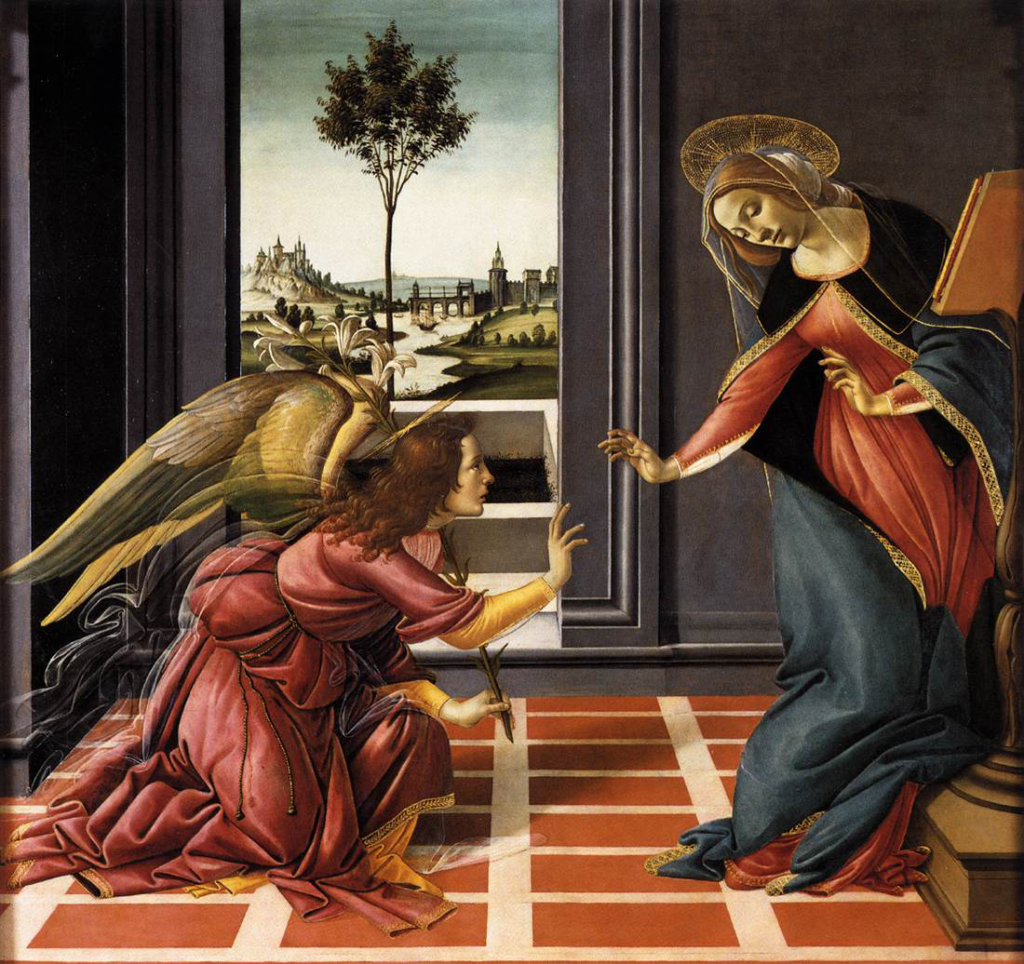 Introduction
Introduction
When the Angel Gabriel greeted Mary in the gospel of Luke, he used a very unusual Greek word, κεχαριτωμένη. It appears only once in the scripture. Very few times in the gospel do we get descriptions of Mary, and one of the most direct ones is the mysterious word the Angel uses to greet her. Deepening into the word can give a significant insight into getting to know deeper the personality and the identity of the mother of Jesus.
Since the New Testament is a text that has been widely studied, the word κεχαριτωμένη has been studied more exhaustively in relation to χὰρις. The purpose of this paper is not to make an exhaustive linguistic examination within the New Testament but to analyze the interpretations of the world through patristic and modern times. As we know, the first interpreters of the New Testament were the Church Fathers. Their interpretations were the ones used by the Church that later built up her traditions. I want to go deeper into their different theses of the word’s meaning and their applications and compare them to the Modern Greek scholarship.
For the Patristic references, a commentary to St. John Paul II’s encyclical “Redemptoris Mater” done by Hans Urs von Balthasar provides a list of patristic references for further study of the biblical words “full of grace”1.
The aim of the present paper is mostly linguistic and historical with emphasis on the patristic era. There is no intention of doing a thorough theological analysis for the sake of length. The study of the interpretation of Full of Grace throughout the Church’s further studies and magisterium has also been excluded, such as St. Thomas’ explanation, the interpretation in the popes’ encyclicals or the Catechism of the Catholic Church.




